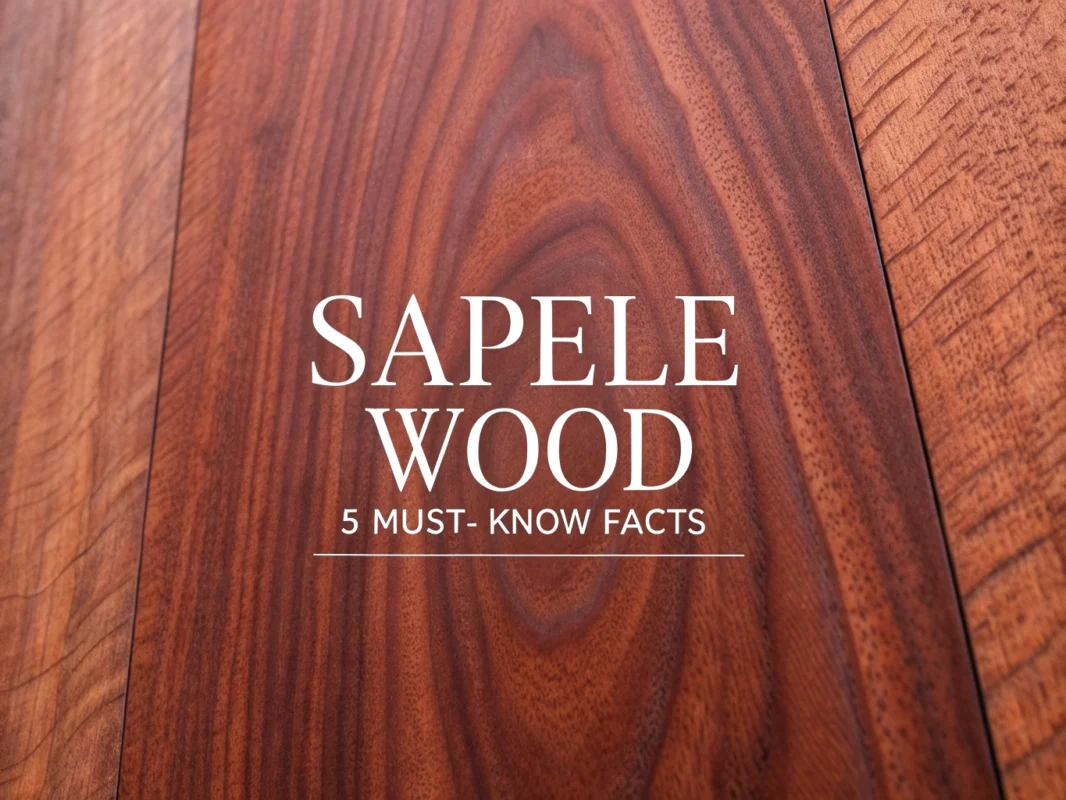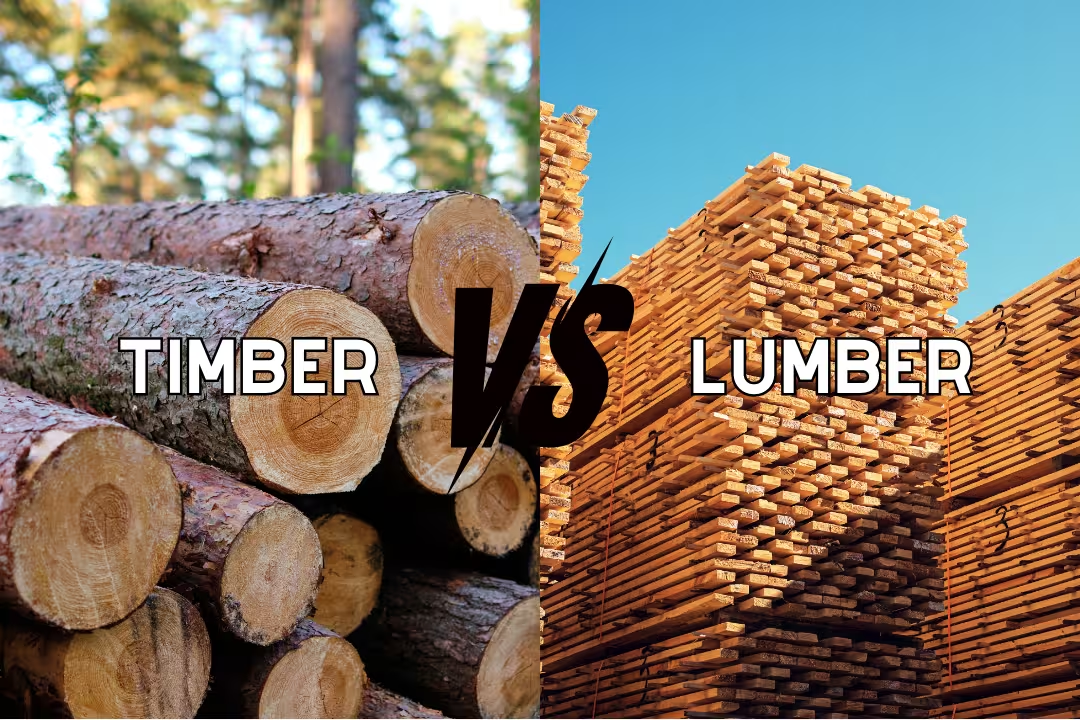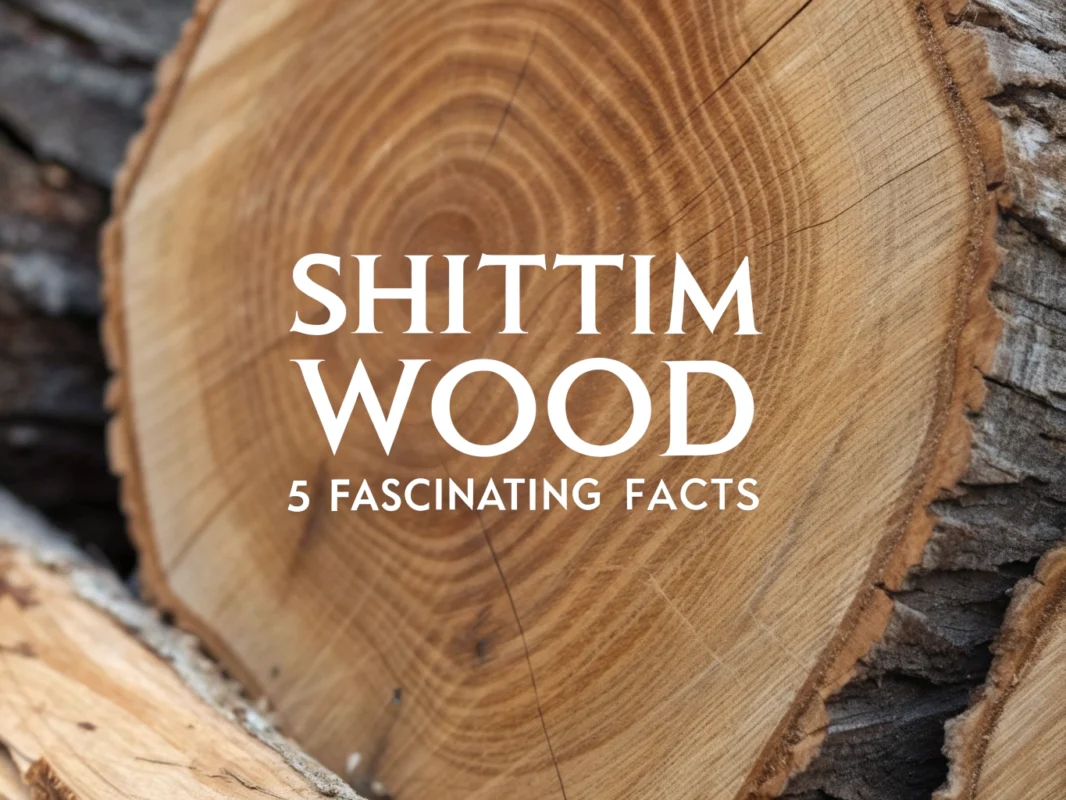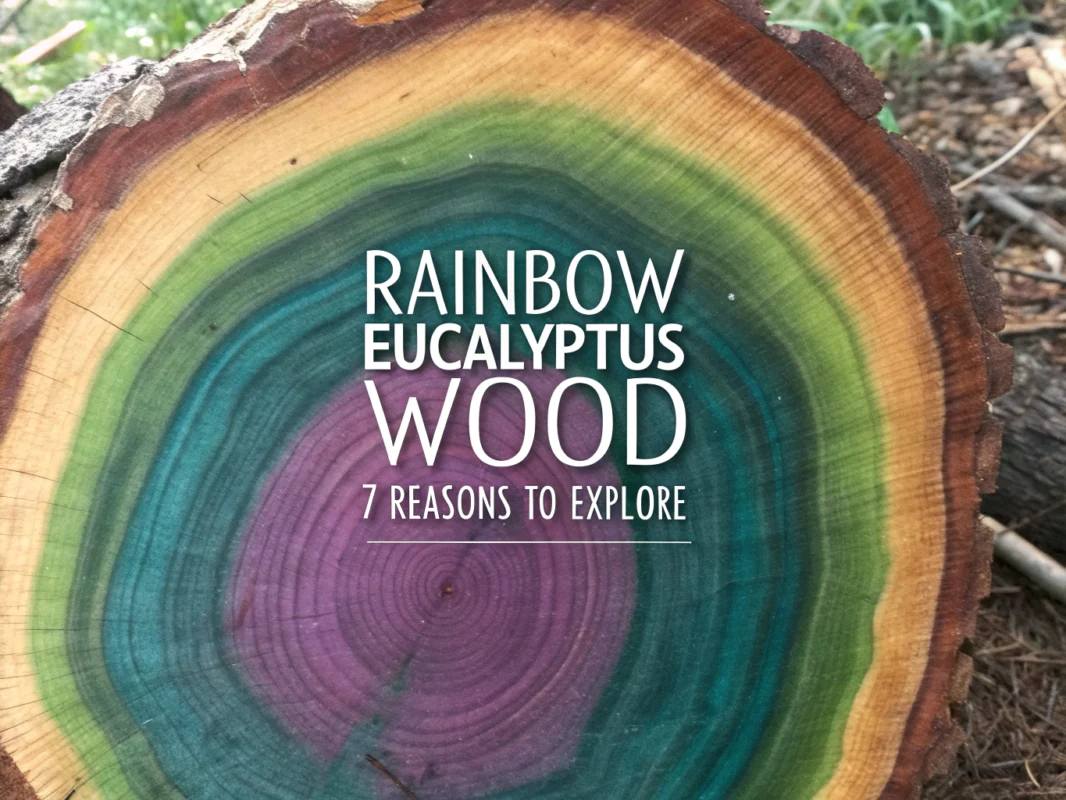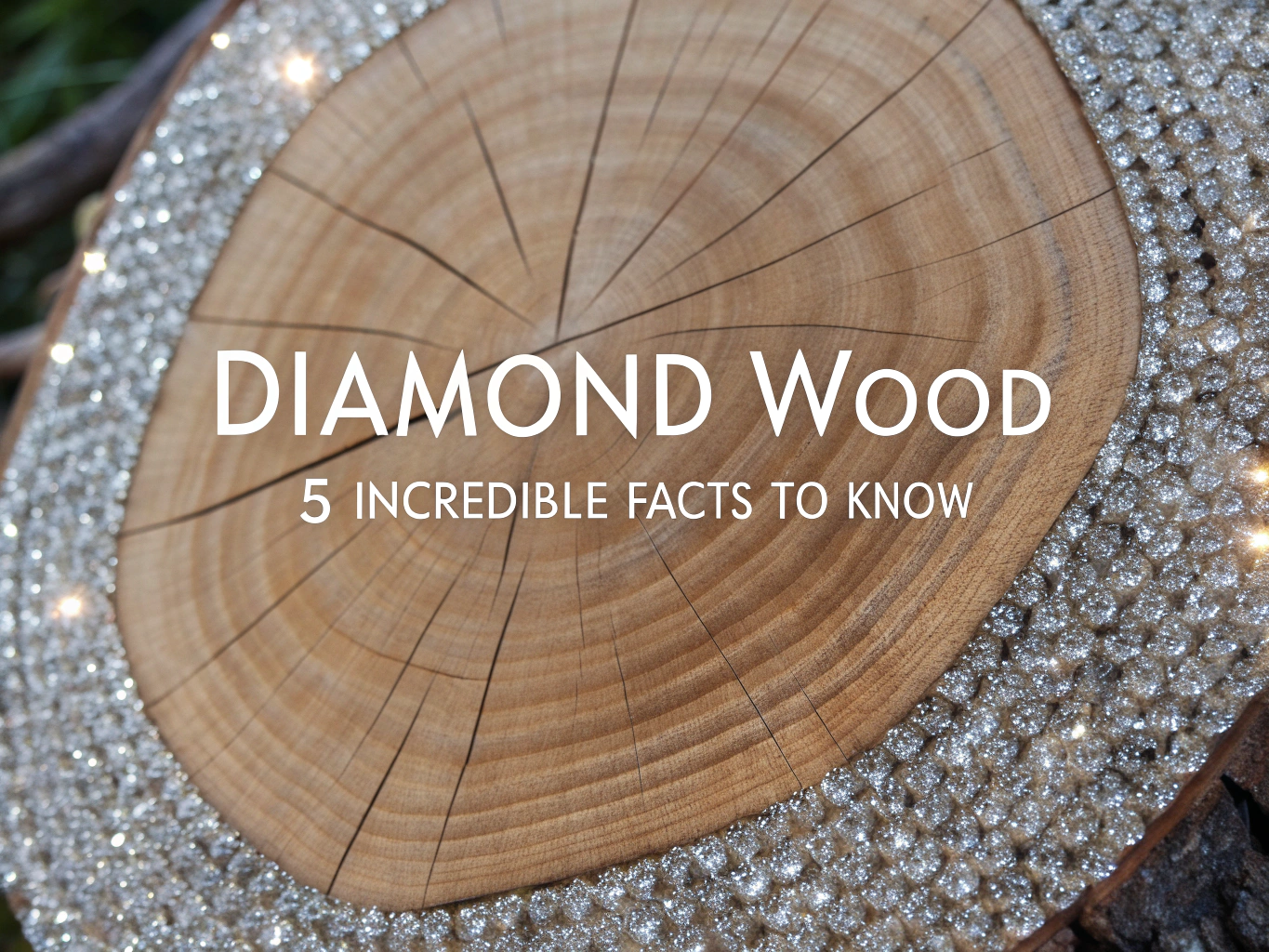
Diamond Wood: 5 Incredible Facts to Know

Ever wondered how some trees develop those fascinating diamond shapes in their bark? This intriguing pattern isn’t crafted by hand but by nature itself. Imagine a tree that not only tells a story through age rings but also showcases stunning diamond patterns, each one unique. Join us as we explore the charming world of diamond wood, uncovering its formation, vibrant hues, and creative uses.
Table of Contents
Diamond wood represents a fascinating natural phenomenon where fungal infections in willow trees create distinctive diamond-shaped patterns and cankers. This unique modified wood showcases remarkable color contrasts and exceptional durability, making it highly sought after for both traditional craftsmanship and modern DIY projects.
The Natural Formation of Diamond-Shaped Wood Patterns
What Creates Diamond Wood Formations
Diamond wood formations occur naturally when fungal infections attack willow trees, creating the distinctive patterns known as diamond willow. These infections cause the tree to develop unique cankers that form the characteristic diamond shapes. The process begins when fungi penetrate the bark and affect the tree’s growth patterns.
The sapwood layers grow around these fungal impact sites, creating raised areas and depressions. This natural response produces the stunning visual effects that make diamond wood so prized. Each infection site becomes a potential diamond formation, with the tree’s healing process shaping the final appearance.
Characteristics of Diamond Cankers
Diamond cankers appear in various formations, with some being long and narrow while others develop as short, wide shapes. Multiple infections occurring close together often create clustering effects that produce even more dramatic patterns. The visual impact includes pronounced ridges, bowl-shaped depressions, and distinctive clefts.
These formations depend heavily on how the new sapwood layers grow relative to the original fungal impact site. The depth and shape of each diamond varies significantly, creating unique characteristics in every piece of diamond wood.
Stunning Color Variations and Material Composition
Natural Color Contrasts
Diamond wood displays remarkable color variations that make each piece unique. The living bark typically appears smoother and lighter in color, while the bark covering the diamond formations becomes rougher, darker, and more resilient. This contrast creates the striking visual appeal that craftspeople love.
The underlying wood structure shows distinct differences between the white to cream sapwood and the reddish-brown heartwood. These natural color zones provide excellent opportunities for artistic applications and decorative work.
How Colors Change Over Time
Light exposure significantly affects the appearance of diamond wood over time. The heartwood darkens with age and exposure, developing richer, deeper tones. This natural aging process adds character and depth to finished pieces.
Similar species like Quaking Aspen can produce depressions with a comparable diamonded aesthetic, though each species brings its own unique color characteristics and aging patterns.
Exceptional Durability and Artistic Potential
Natural Resilience Properties
The pronounced shapes and tough bark characteristics of diamond wood provide exceptional durability for modified wood applications. The natural formation process creates wood that can withstand considerable wear while maintaining its distinctive appearance. This resilience makes it perfect for long-term projects and functional items.
Diamond wood’s ability to hold its shape, particularly where diamonds are deep or bowl-shaped, allows craftspeople to work with the material for extended periods. The shape retention capabilities make it superior to many other natural wood varieties, similar to other premium wood types.
Creative Applications and Visual Appeal
The variable shapes and contrasting color zones inspire artists and craftspeople to create stunning decorative carvings, custom furniture, and unique artistic pieces. The natural patterns provide built-in design elements that enhance any project. Each piece tells its own story through the unique diamond formations.
Like burl wood and other specialty woods, diamond wood offers unmatched visual interest. The natural contrast between smooth and textured areas creates depth and character that’s impossible to replicate artificially.
Historical Wood Species and Traditional Craftsmanship
Notable Diamond Wood Species
Several species have gained recognition for their diamond-like characteristics and workability. Haldu (Haldina cordifolia) features yellowish coloration and excellent carving properties, making it ideal for detailed work. Phaldu (Mitragyna parvifolia) offers a reddish appearance with similar workability characteristics.
- Haldu: Yellowish color with superior carving capabilities
- Phaldu: Reddish appearance and excellent workability
- Quaking Aspen: Similar diamonded aesthetic potential
- Various willow species: Natural diamond formation hosts
Traditional Usage in Typography and Crafts
The Diamond Wooden Type Works historically utilized these woods for detailed engravings, showcasing the versatility of diamond wood in both typography and craft applications. The precise carving capabilities made these woods perfect for creating intricate letterforms and decorative elements.
Diamond wood has inspired typeface designs, including the Pakeezah Series, which visually mimics wooden planks with diamonded outlines. This influence demonstrates how the natural patterns continue to inspire modern design work, much like the appeal of zebra wood patterns.
Modern DIY Projects and Craft Applications
Creative Project Possibilities
The distinct visual character and workability of diamond wood make it ideal for numerous creative applications. Painting and staining techniques can highlight the natural diamond patterns while adding personal touches. The wood accepts finishes beautifully, allowing for both natural and enhanced appearances.
Jewelry making and decorative accents represent popular modern uses for diamond wood pieces. The natural patterns create stunning focal points in handmade jewelry, while smaller pieces work perfectly for embellishments and customization projects.
Recommended Craft Supplies
These carefully selected diamond wood craft supplies offer excellent starting points for your creative projects:
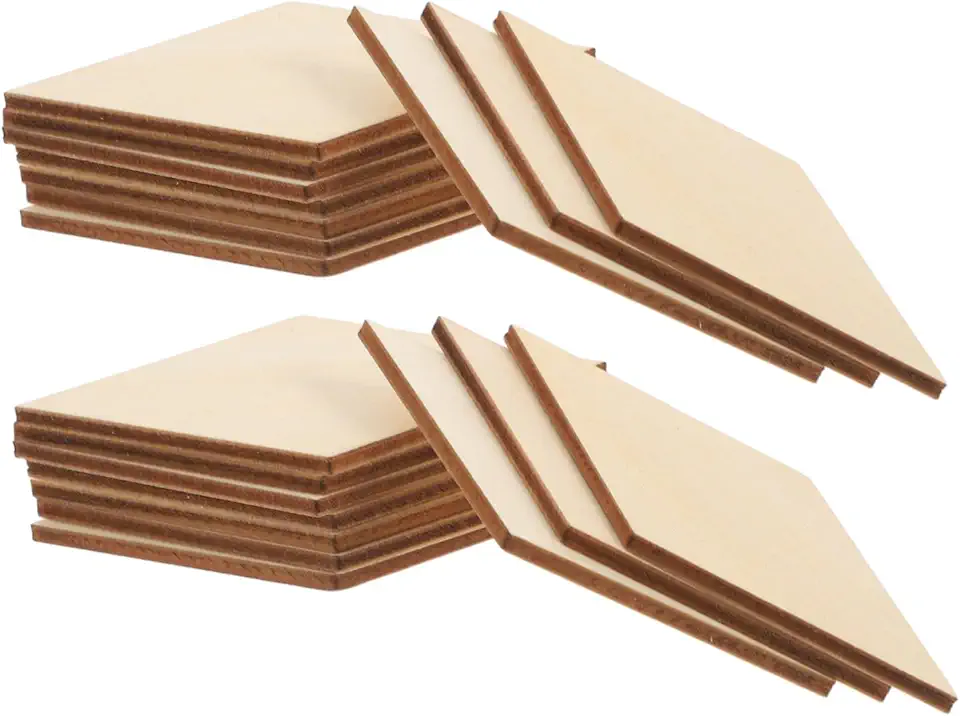
30Pcs Diamond Wood Slices for Crafts
- Ideal for DIY projects and crafts
- Smooth surface for easy painting or staining
- Perfect size for decorations
- Eco-friendly wood material
- Versatile for various holiday themes

4-Inch Unfinished Wood Diamond Cutouts
- Great for crafting and decorating
- Lightweight and easy to handle
- Customizable for personal projects
- Durable unfinished wood
- Adds charm to home parties

Honbay 60PCS Blank Rhombus Wood Pieces
- Perfect for painting and DIY crafts
- Smooth finish for easy embellishments
- Made from quality wood
- Versatile for home decor
- Great value set for creative projects

Double Hollow Diamond Wood Earrings - 30PCS
- Perfect for DIY jewelry making
- Laser-cut for precision
- Natural wood finish
- Lightweight for comfortable wear
- Great for crafting unique designs
Diamond Wood vs. Other Modified Woods and Alternatives
Comparison with Other Modified Woods
While diamond wood is valued for its natural beauty, other modified woods like tropical hardwoods offer unique sustainability and aesthetic qualities. Each type brings distinct characteristics that make them popular in furniture and décor applications.
Diamond wood’s appeal lies in its natural formation process and unique patterns, while other specialty woods like African blackwood offer different aesthetic and working properties. The choice depends on the specific project requirements and desired visual effects.
Engineered Alternatives
Diamond Timber porcelain tiles represent an engineered alternative that replicates the nuanced look of wood. These tiles offer warm and cold chromatic variants with slip-resistant surfaces suitable for both indoor and outdoor applications.
These engineered options provide consistency and durability that natural diamond wood can’t match, though they lack the authentic character and unique variations that make natural diamond wood so appealing to craftspeople and collectors.
FAQs
What Is Diamond Wood Used For?
Diamond wood is often used for high-end furniture, decorative items, and specialty woodworking projects due to its unique appearance and durability.
How Is Diamond Wood Made?
Diamond wood is manufactured by applying high pressure to wood along with a resin infusion, which compacts the fibers and hardens the material.
Is Diamond Wood Stronger Than Regular Wood?
Yes, diamond wood is generally stronger and more resilient than regular wood because of the compression process and resin infusion that enhances its structural properties.
Can Diamond Wood Be Used For Flooring?
Diamond wood can indeed be used for flooring, offering a durable and attractive option, though it may be more expensive than traditional hardwood flooring.
Where Can I Buy Diamond Wood?
Diamond wood can be purchased from specialty woodworking suppliers or online retailers that offer high-quality, custom wood products.

